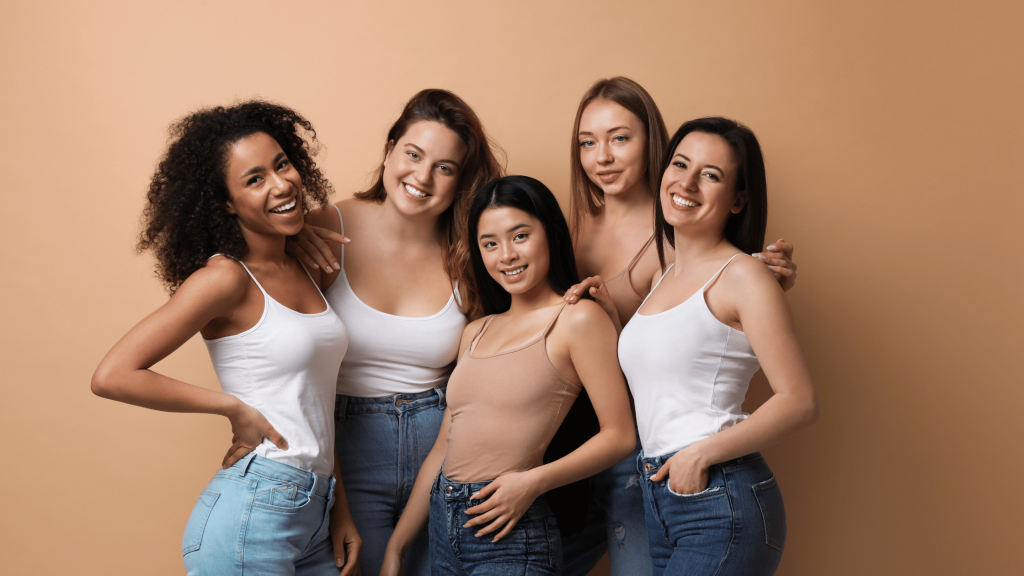
In an industry that was once narrowly focused on catering to a specific demographic, the cry for inclusivity within the aesthetic world has been growing louder. A wave of change has begun, pushing the boundaries of representation and diversity, going beyond skin deep to truly cater to all skin types and tones. This blog explores the pivotal role of inclusivity in the aesthetics industry, highlighting the seismic shift towards diverse representation and product development.
The Old Narrative and the Need for Change
For far too long, the aesthetics industry was dominated by a one-size-fits-all approach, often neglecting the needs of various ethnicities, skin types, and tones. This resulted in a significant portion of consumers feeling left out, underrepresented, and unable to find suitable products or treatments.
The turning tide for inclusivity has been a long time coming, driven by the voices of those underserved and underrepresented. This evolution has been amplified by social media platforms, where influencers and consumers alike have used their platforms to advocate for more inclusivity in the aesthetics industry.
Inclusivity: Going Beyond Skin Deep
Inclusivity within the aesthetics industry is not just about expanding the colour range of foundation or concealer. It goes far beyond, delving into understanding the unique characteristics and requirements of different skin types, tones, and the specific concerns associated with them. This includes the development of products that cater to these specific needs, from skincare to cosmetic procedures.
The emphasis is now on creating products that are truly inclusive, considering factors such as varying levels of melanin, skin sensitivities, and conditions that are more prevalent in certain ethnicities. By doing this, the aesthetics industry is taking significant steps towards making beauty and skincare truly universal.

The Power of Diverse Representation
To complement the development of inclusive products, the representation of diverse beauty within the industry has also seen a significant shift. Brands are increasingly showcasing a broad spectrum of beauty across their marketing campaigns, a move that goes a long way in breaking down the traditional, restrictive beauty standards.
This diverse representation helps to foster a culture of acceptance and appreciation for all types of beauty. It reassures consumers that they are seen, valued, and catered to, regardless of their skin type, colour, age, or body type.
The Inclusive Brands Leading the Charge
There are several brands at the forefront of this inclusivity movement. Fenty Beauty, by Rihanna, famously launched with 40 foundation shades, catering to a wide variety of skin tones and setting a new standard for the industry. Other brands, like The Ordinary and SkinKare, have focused on creating affordable, high-quality skincare products suitable for a wide range of skin types and concerns.
The Future of Inclusivity in Aesthetics
The journey towards full inclusivity in the aesthetics industry is still ongoing. Despite the significant strides made, there remains room for growth and improvement. The aim is to reach a point where all individuals can find products and treatments tailored to their unique needs and represented in the beauty narratives that surround us.
In conclusion, inclusivity in the aesthetics industry is an essential shift that is transforming the landscape of beauty. It’s a journey that goes beyond skin deep, advocating for diverse representation and the development of products for all skin types and tones. As we continue to champion for this inclusivity, we look forward to an aesthetic industry where everyone is seen, heard, and catered to.